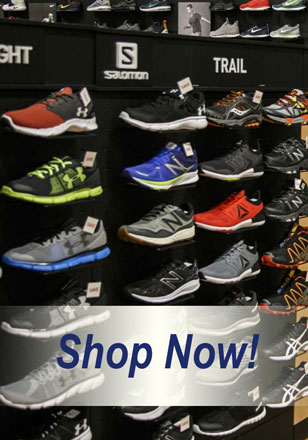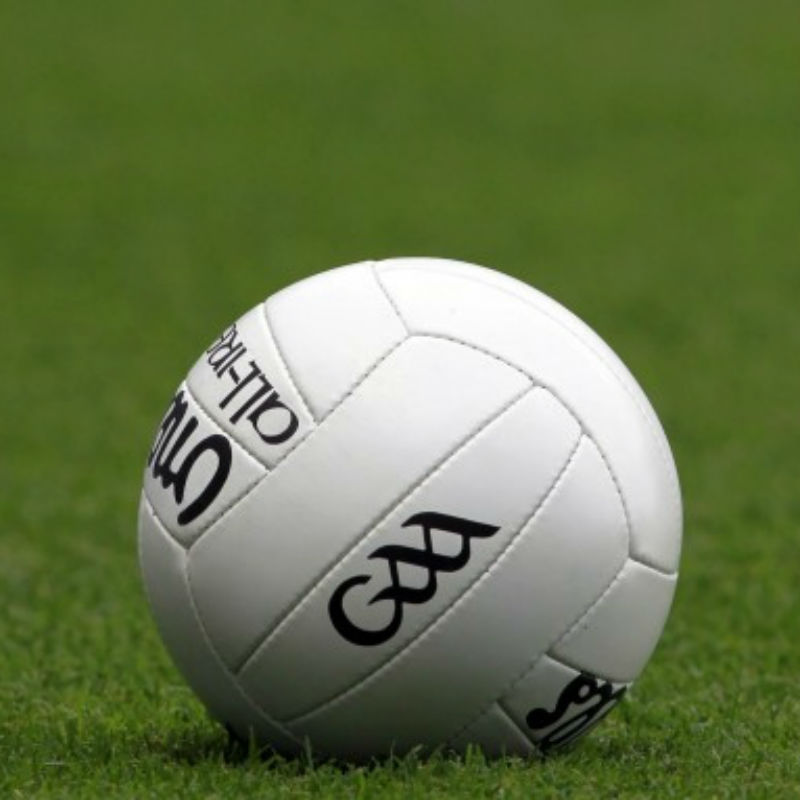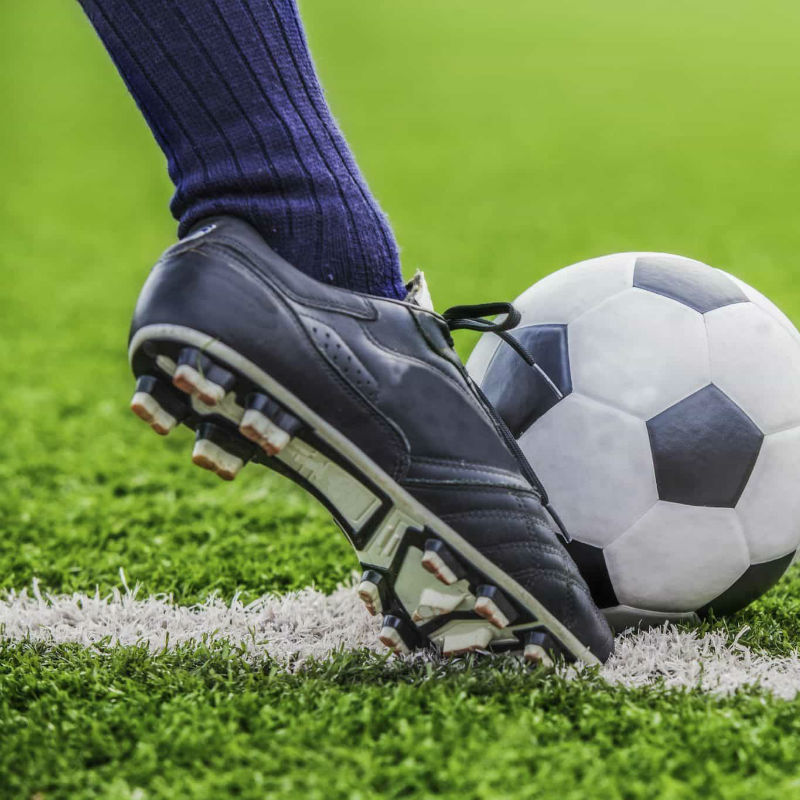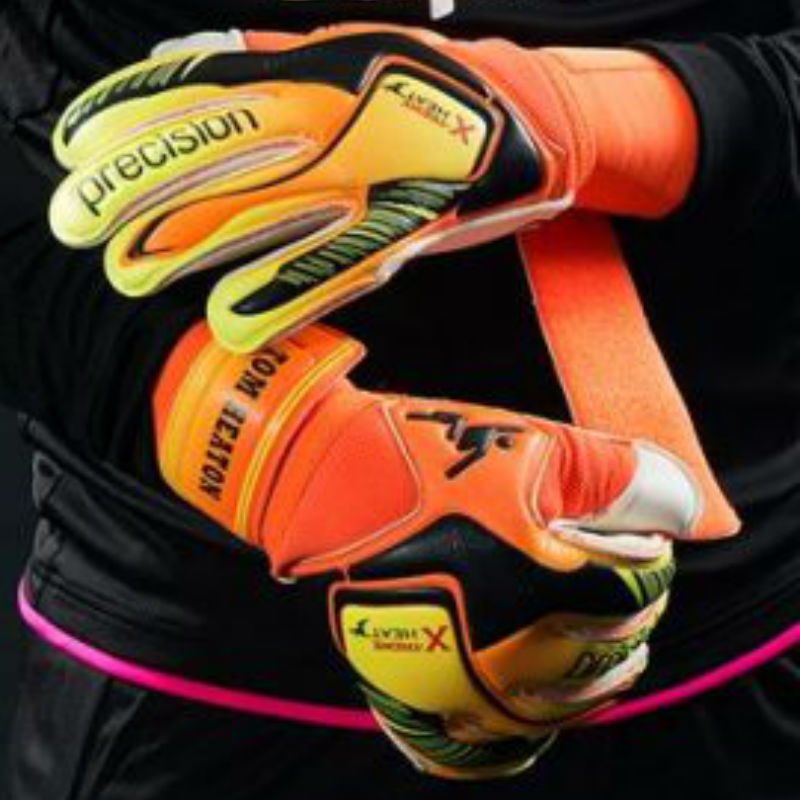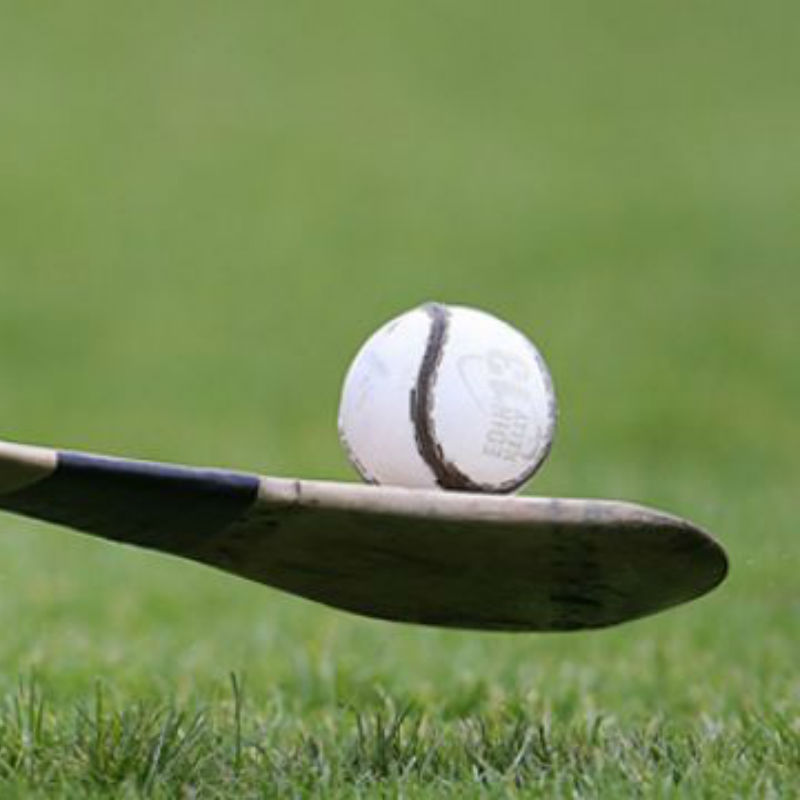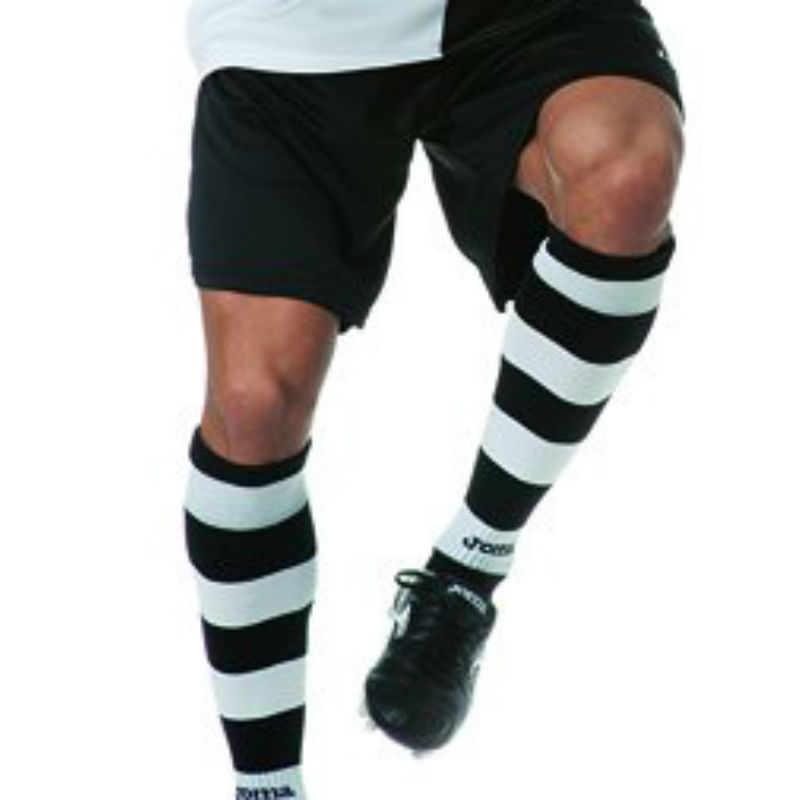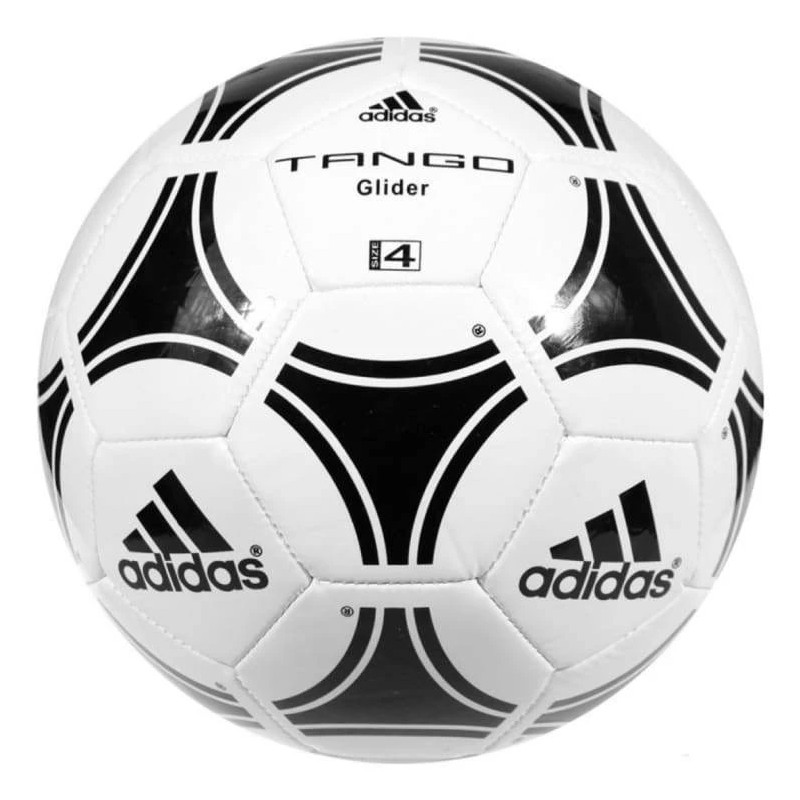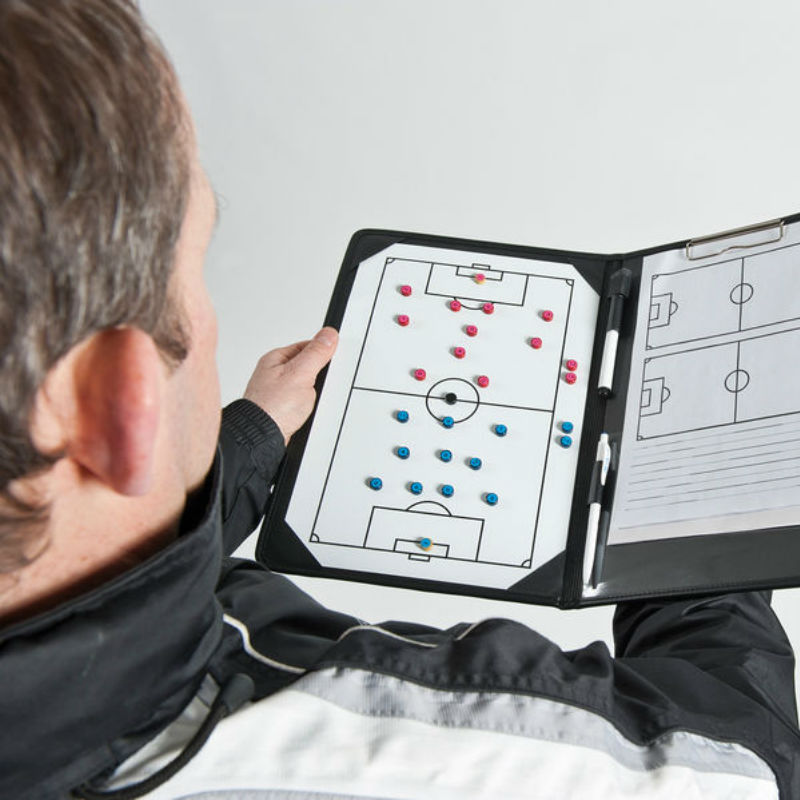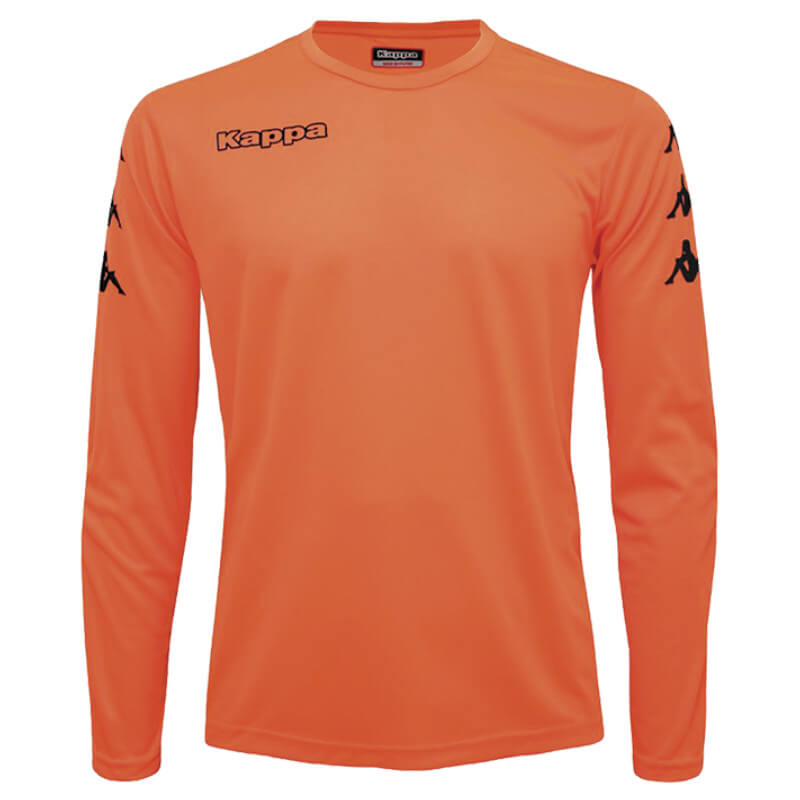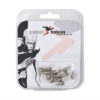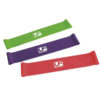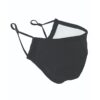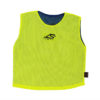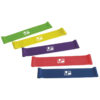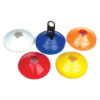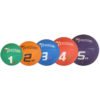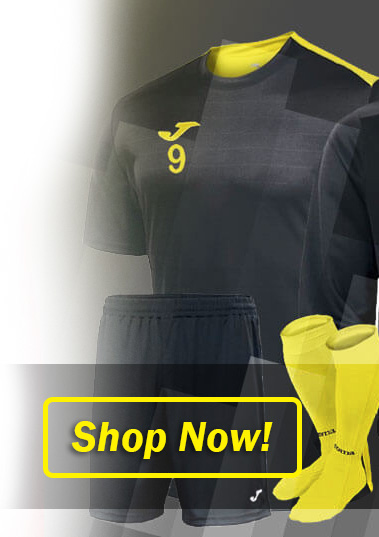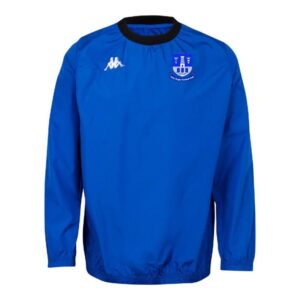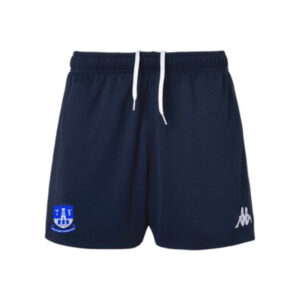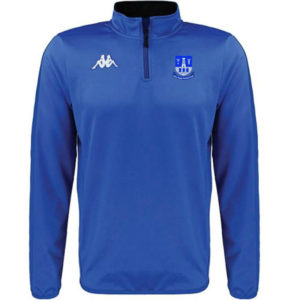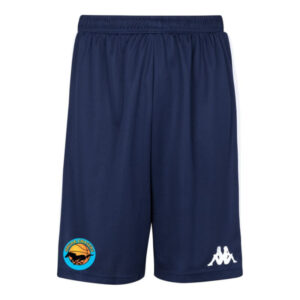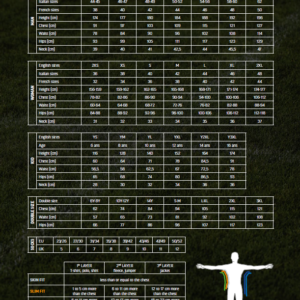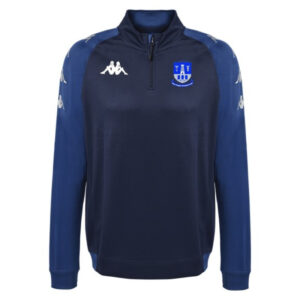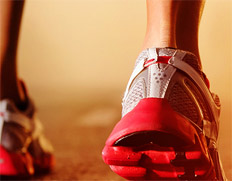No products in the cart.
General Sports Advice, Running
Guide to choosing the right running footwear
Choosing a running shoe can be a difficult task given all the high-tech options available today. Sometimes it is hard to see the forest for the trees especially with each manufacturer boasting incredible space age technology.
The first thing to recognise is that there is no “Best” running shoe out there. The are many fantastic shoes for different foot types and running styles. The first step in finding the best shoe for you is to understand your foot type and your running style(gait).
There are 3 basic foot types:
Low Arch/Flat Foot:
[vc_row][vc_column width=’1/3′]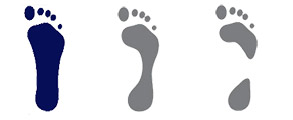 [/vc_column][vc_column width=’2/3′]The outside of the heel strikes the ground first and the foot rolls inward excessively which means the foot and ankle cannot properly stabilise the body. This excessive motion(Over-pronation) can be classed as severe over-pronation or moderate/mild over-pronation depending on how flat the arches are.[/vc_column][/vc_row]
[/vc_column][vc_column width=’2/3′]The outside of the heel strikes the ground first and the foot rolls inward excessively which means the foot and ankle cannot properly stabilise the body. This excessive motion(Over-pronation) can be classed as severe over-pronation or moderate/mild over-pronation depending on how flat the arches are.[/vc_column][/vc_row]
Normal Arch/Neutral:
[vc_row][vc_column width=’1/3′]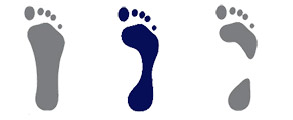 [/vc_column][vc_column width=’2/3′]The foot naturally pronates(rolls in) from heel to toe through the footstrike lessening the stress of impact on the foot. This is the bodys way of absorbing the impact forces exerted with every stride[/vc_column][/vc_row]
[/vc_column][vc_column width=’2/3′]The foot naturally pronates(rolls in) from heel to toe through the footstrike lessening the stress of impact on the foot. This is the bodys way of absorbing the impact forces exerted with every stride[/vc_column][/vc_row]
High Arch:
[vc_row][vc_column width=’1/3′]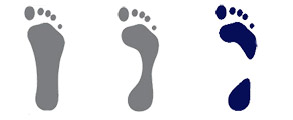 [/vc_column][vc_column width=’2/3′]The outside of the heel strikes the ground but the height and firmness of the arch does not allow much inward roll(Pronation) during the Gait Cycle. Instead it stays on the outside (Supination/Under-Pronation) causing the impact to be concentrated on a smaller portion of the lateral side (outside) of the foot.[/vc_column][/vc_row]
[/vc_column][vc_column width=’2/3′]The outside of the heel strikes the ground but the height and firmness of the arch does not allow much inward roll(Pronation) during the Gait Cycle. Instead it stays on the outside (Supination/Under-Pronation) causing the impact to be concentrated on a smaller portion of the lateral side (outside) of the foot.[/vc_column][/vc_row]
The best and most precise way to know what foot type you are is to have Gait Analysis done. This can be done either by video Gait Analysis or by using FootScan technology. JF Sports uses the RS Scan 2D FootScan to give our customers incredibly detailed information on everything to do with downward pressure and forward motion of the foot through the Gait Cycle.
There are easy less scientific(and less accurate) ways to establish what foot type you are. The Wet Foot test is a good way to see for yourself what your foot type is. Simply wet your bare foot and walk or run across a piece of brown paper. The impact/impression your foot leaves will give you a good indication as to your foot type. Another way is to examine your old worn out runners. The wear pattern can tell you a lot about your gait. If the wear is primarily towards the outside of the heel, the middle of the forefoot and around the big toe then it is likely that you have a pretty neutral gait with normal pronation. If the wear is towards the outside of the heel and then more towards the ball of your foot then it is likely you have low arches or slightly flat feet and are tending to over-pronate. Finally, a person with high arches will most likely see excessive wear towards the outside of the shoe as the high arches tend to push (Supination/Under-Pronation) them outwards.
The various running shoe manufacturers are great at making shoes to accomaodate these different foot types.
The general classifications are as follows:
Motion Control: As the name suggest Motion Control shoes are designed to control the excessive inward roll(Over-Pronation) of a flat foot. They achieve this by using very firm materials along the medial side(inside) of the shoe to prevent or minmimise that inward motion. Motion Control shoes generally have a wide last(width) for extra stability.
Stability: Again as the name suggests Stability shoes give medial support to moderate or mild Over-Pronators. Recent research suggests that even runners who measure as Neutral during Gait Analysis can benefit from choosing a Stability shoe as even a neutral arch can start to over-pronate slightly as the body tires during a long run.
Neutral: Neutral running shoes are designed not to interfere with the working of the arch at all. They are recommended for people who are bio-mechanically efficient and whose arches are working correctly. Neutral shoes tend to be quite flexible and very cushioned making them suitable for people with high inflexible arches.
Simples tips to help you select the best shoe for you:
- Always buy you running shoe in a specialised running store.
- Shop in the afternoon for your running shoes when your feet are at their largest. Your feet will expand while running.
- Bring your old shoes with you when you go shopping. A good salesperson will be able to tell a lot about your gait from your old shoes.
- If you wear Orthotics, make sure you bring them with you.
- Make sure you try on both shoes and not just one. There are not many people with feet exactly the same size.
- Don’t Rush It! Give yourself plenty of time to try on alternative models.
- Give a brief history of your running to the salesperson. Information such as how long you have been running, what mileage you are doing, what surfaces you generally run on etc will really help.
- Trust your instincts, if you immediately feel comforatble in a shoe then it is very likely to be good for you.

